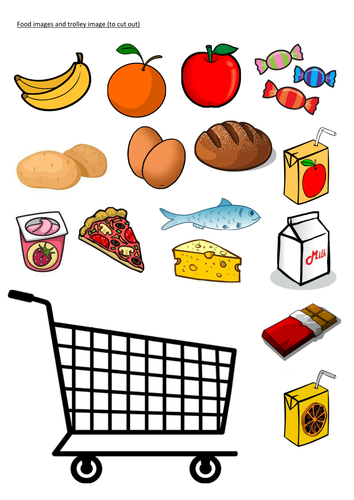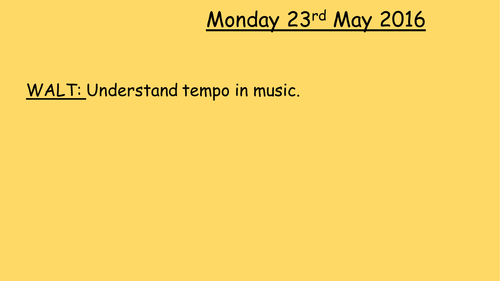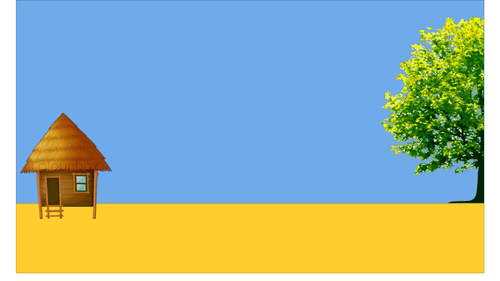
4Uploads
5k+Views
3k+Downloads
All resources

German Foods/ Supermarket game
German 'shopping' game for learning foods and some instructions
Included:
-Images of food
-Shopping trolley
-German vocab list
-Key words
-Instructions
-Children are paired up for the game. Each pair has a set of the food images, an image of the 'trolley', a vocabulary sheet and the word cards. Each pair is also given a whiteboard and pen.
-The food pictures are placed facing upwards on the table. The vocabulary sheet and the word cards are turned over on the table so that they can't be seen.
-The children label themselves A and B. Person A is the ‘customer’ and person B is the ‘shop assistant’.
-Person A will write 'shopping list' at the top of their whiteboard, and numbers one to four down the side of the board. Person A randomly selects four of the word cards that are placed upside down on the table. They then write out the four words onto the whiteboard to make up the shopping list, and read them out loud for Person B, using the phrase, "Ich möchte..." (I need…) to begin the sentence.
-It is then person B's responsibility to find the corresponding pictures that match the German words and place them in the trolley. Afterwards, person B says, “Ich habe…” (I have…) and then lists the food items they have in German to finish the sentence.
-If either of the children struggle to understand what some of the vocabulary means, then they can turn over the vocab sheet to help them.
-At the end of each person's turn, the children can also use the vocab sheet as a guide to check that the images in the trolley correctly match the word cards on the list.
Afterwards, these images and cards are placed to one side, and it is the next person's turn. The activity continues until all of the images and word cards have been used up.

Year 3/4 Music lesson- Tempo
A PowerPoint resource to help children understand the meaning of tempo. There are musical sound clips in the PowerPoint to help children guess what tempo might mean, and then definitions for children to copy down. There is also a useful link to a BBC Educational resource showing how the musical creator of Shaun the Sheep produces music of different tempos to show different emotions throughout the show. The children in my class loved watching this and it helped them understand how slow and quick tempos in music can be used to create emotion.

Handa's Surprise Barrier Game
This is a barrier game, to be used alongside the topic of Handa's Surprise. The resource features a background of the setting of Handa's Surprise, as well as images of some of the characters and objects mentioned in the book.
To play the game, children work in pairs and sit back to back so they cannot see each other's boards. They take it in turns to place one of the images on the bo\rd and then say to their partner using descriptive words, where they have placed it. E.g.- 'I have placed Handa on the far left of the setting just in front of the house'. The partner must then take the identical image and try to place it in the same place as their partner using their partner's instructions as a guide.
The children take it in turns, continuing until all of the images are placed on the board. The children can then turn around and see if their boards look similar.
-Good way to incorporate spekaing and listening skills into Literacy
-Children can use a wide range of adjectives to describe their image and where they have placed it

Bob Robber and Dancing Jane Guided Reading
Guided Reading questions for Bob Robber and Dancing Jane. These are aimed at Year 2 and are linked to the 5 reading domains and the Greater Depth TAFS for End of KS1 assessment.




